RAIN researcher Dr Inmo Jang has been seconded at the University of Tokyo (Prof Hajime Asama’s lab) as a JAEA/CLADS (Japan Atomic Energy Agency Collaborative Laboratories for Advanced Decommissioning Science) NEST (Nuclear Education, Skills and Technology) Fellow. Decommissioning the Primary containment Vessels (PCVs) at the Fukushima Daiichi nuclear power plants is an enormous technological challenge. Robots inside the PCVs can be used to remotely handle nuclear-contaminated objects. This secondment focused on providing efficient and practical telepresence to a human operator when controlling a robot remotely, within this unique environment.
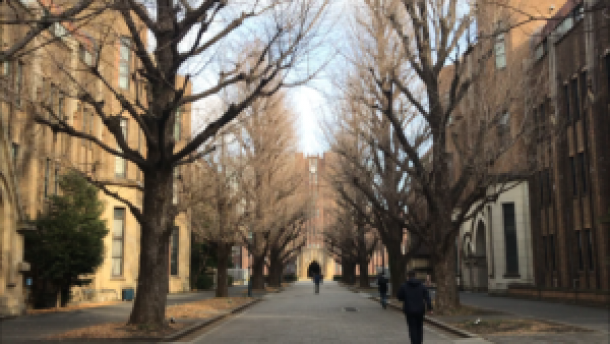
Instead of emerging VR (Virtual Reality) technology, human operators reportedly prefer to look at multiple 2D screens as a visual interface, particularly for long-time telemanipulation operations. Reasons for this include VR sickness, challenges sharing information between multiple workers, cost, and technical requirements. If that is the case, it may be natural to think of installing many cameras inside the remote nuclear environments. However, too many viewpoints may confuse the operators, diminishing task performance. Those cameras eventually will become nuclear waste as well, and so should only be used if required.
A method to optimise the required number of cameras, their positions, specifications, and so on, for a given remote environment, is needed to maximise efficiency. Information on the environment could be obtained by an initial remote inspection mission, enabling operators to plan the remote handling mission. For this aim, Dr Inmo Jang has been contributing to developing a 3D simulator for the PCV environments as well as an optimisation solver, collaborating with Mr Ren Komatsu and Dr Yusuke Tamura in the Asama lab.
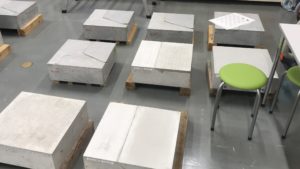
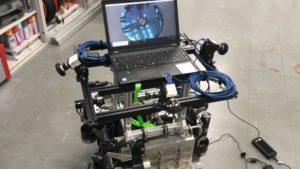
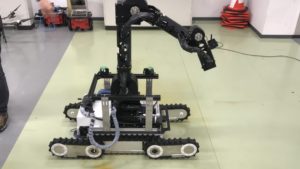
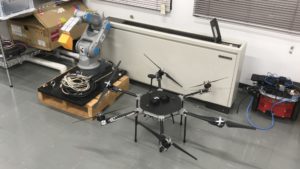
Photos from a tour of the Asama Lab.
During this secondment, there was an opportunity to have a private tutorial by Prof Shunichi Suzuki, who was previously working at TEPCO (Tokyo Electric Power Company) for nuclear decommissioning. The tutorial talked about the current status of the damaged Fukushima Daiichi power plants, the trials that Japanese researchers and industries had done for decommissioning, and their findings.